
Honda’s Circularity Center Reinvents Equipment Lifecycle in Ohio
American Honda Motor Co. launched its Resource Circularity Center in East Liberty, Ohio. This move advances circular economy practices in U.S. auto manufacturing. Unlike traditional recycling programs that focus on scrap materials, the center refurbishes, redeploys, and recycles operational equipment and vehicle parts. It handles everything from industrial robots and torque wrenches to aluminum wheels and office furniture.
The Circularity Center sits near Honda’s main factories in East Liberty and Marysville. It operates as a closed-loop ecosystem that extends machinery and vehicle service component lifespans while reducing landfill waste. Honda uses refurbishment, resale, donation, and raw material recovery to keep assets circulating longer in the supply chain.
Matt Daniel, Director of Procurement Sustainability at American Honda, explains the goal: to shift from a linear model of buying and disposing to a circular value model. This approach helps Honda meet operational needs while conserving natural resources.
Circular Economy Drives Innovation in Auto Industry
The Honda Resource Circularity Center goes beyond sustainability goals. It creates a blueprint for future industrial ecosystems. The center diverts materials from landfills and drives innovation in material recovery and reuse. For instance, retired aluminum wheels and car seat leather get repurposed into vehicle parts or consumer goods like luggage tags.
The center uses asset redeployment methods such as disassembly for raw material recovery, resale, and charitable donations. It evaluates non-technical items for reuse by community organizations. This process strengthens both environmental and social impacts.
Honda is developing a “circular value chain” that connects material suppliers and recycling partners. This system promotes continuous material reuse across North American facilities, improving efficiency and lowering the environmental footprint.
SuperMetalPrice Commentary:
Honda’s Ohio Resource Circularity Center shows a strong shift toward circular value models in automotive manufacturing. By handling recycling and refurbishment internally, Honda reduces supply chain risks and improves sustainability metrics. These efforts attract ESG-focused investors. Other OEMs will likely follow Honda’s lead as demand for metals and battery materials rises globally. Similar circular centers could soon appear near other high-volume production sites across North America.




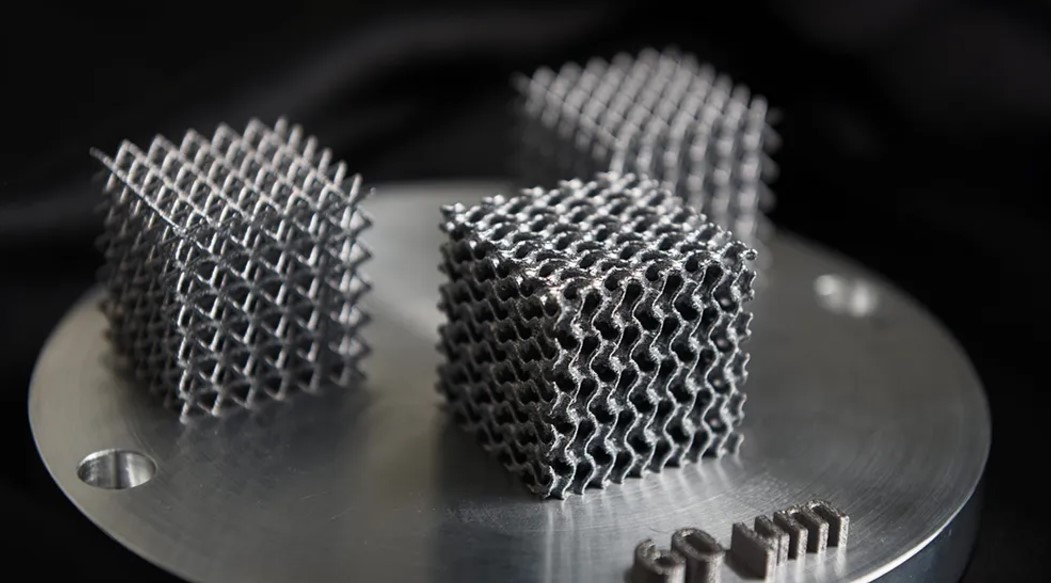


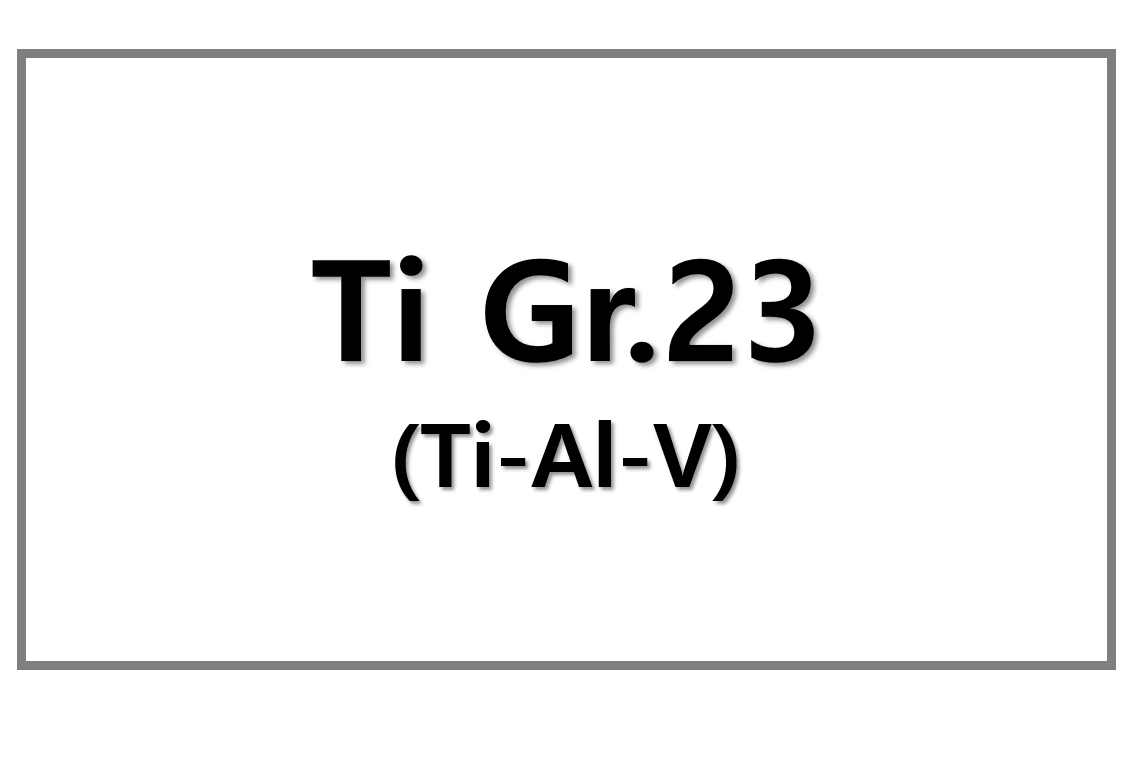
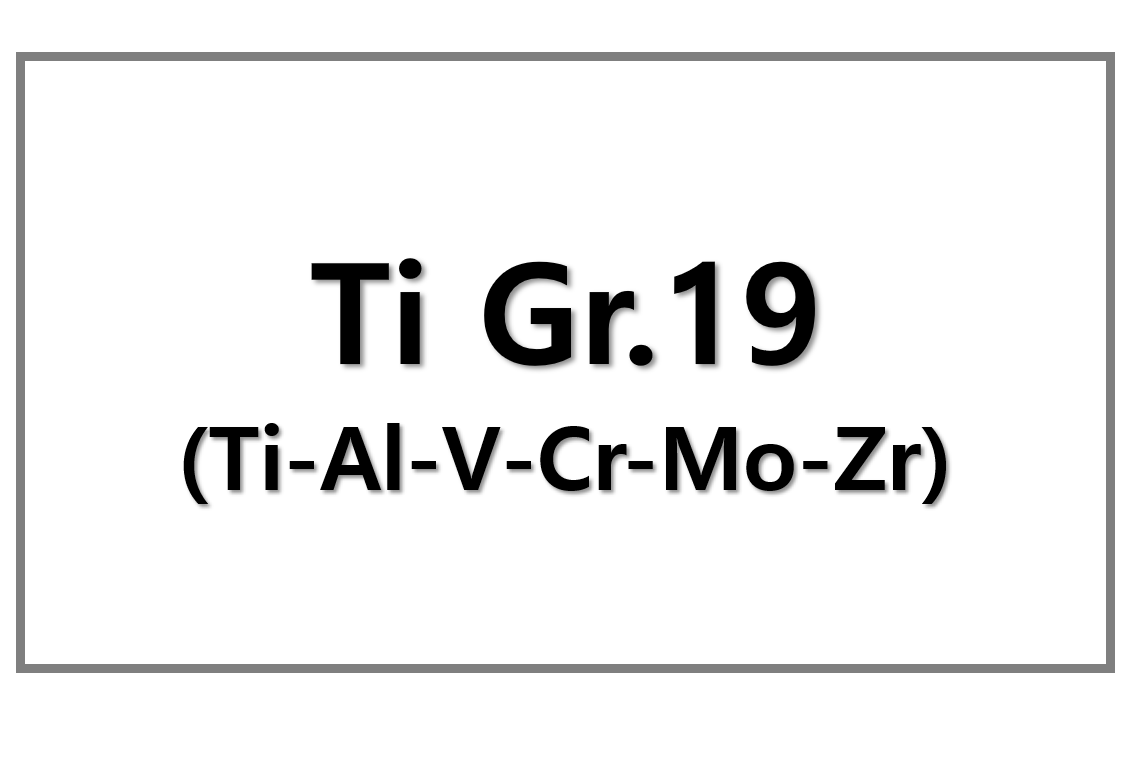
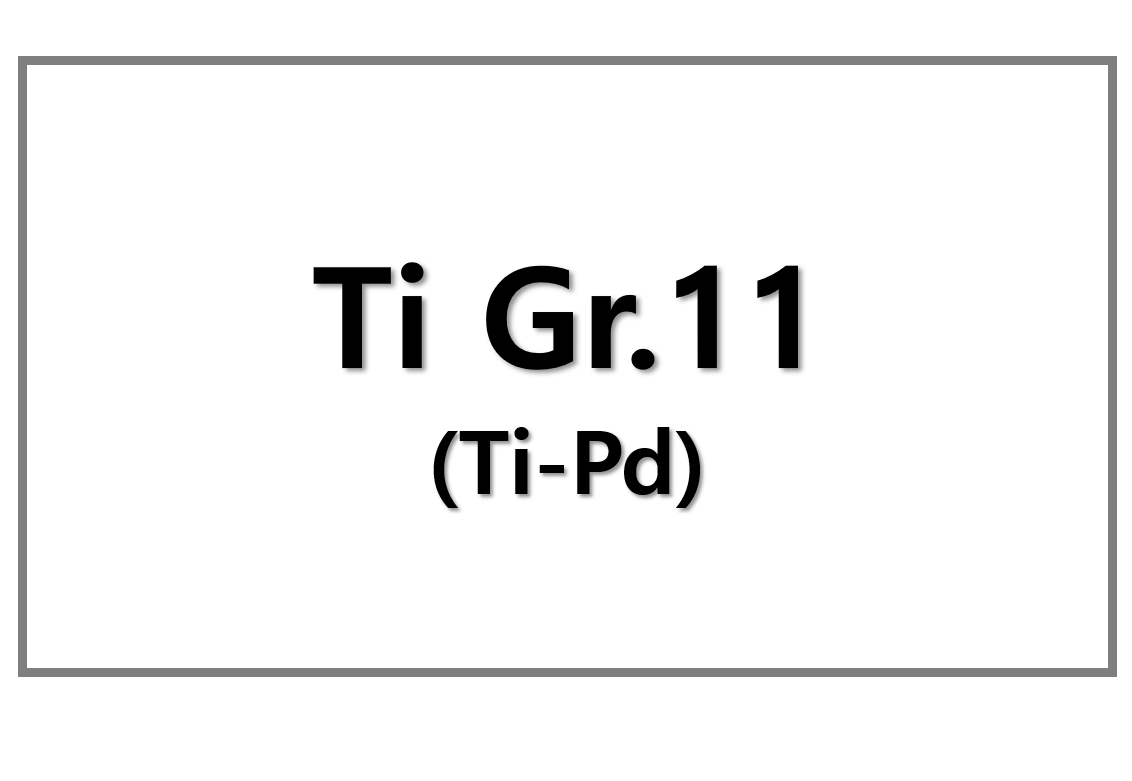
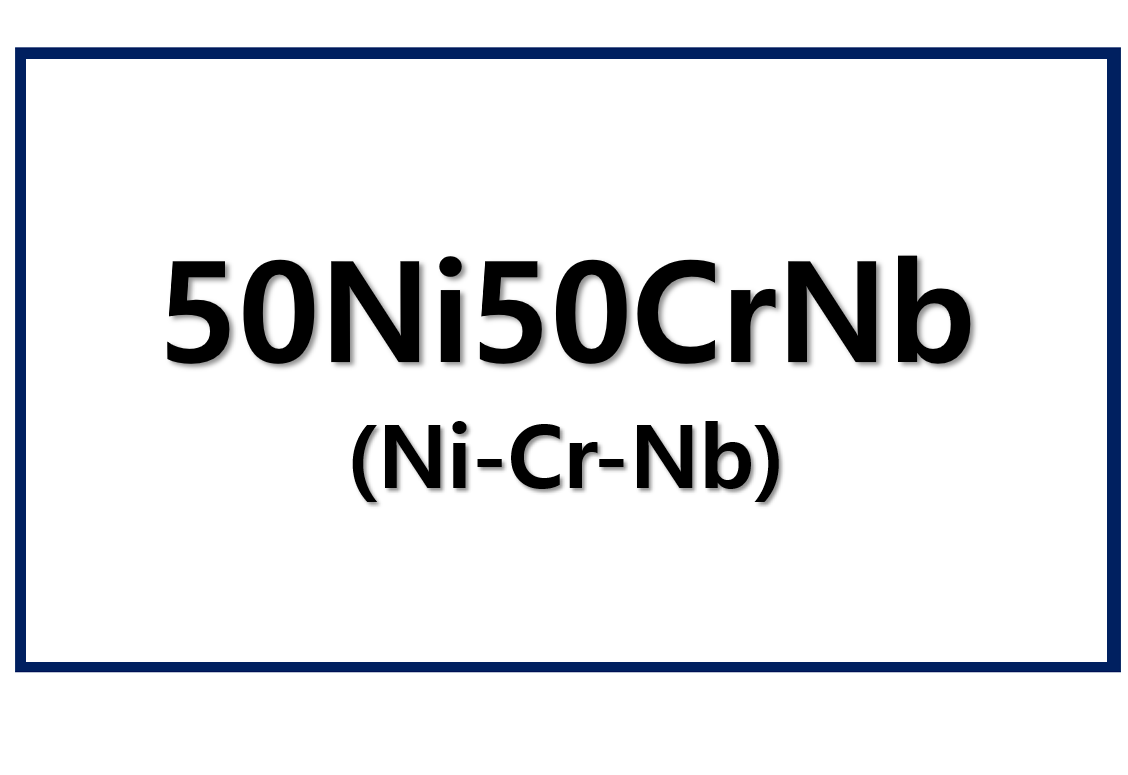
Leave a Reply
You must be logged in to post a comment.